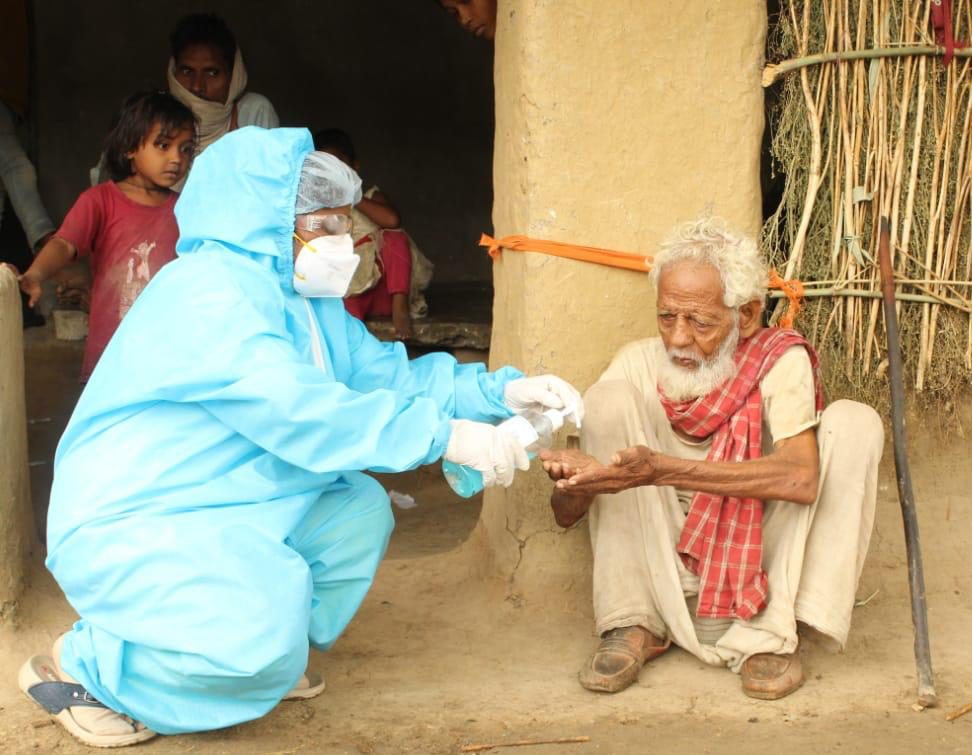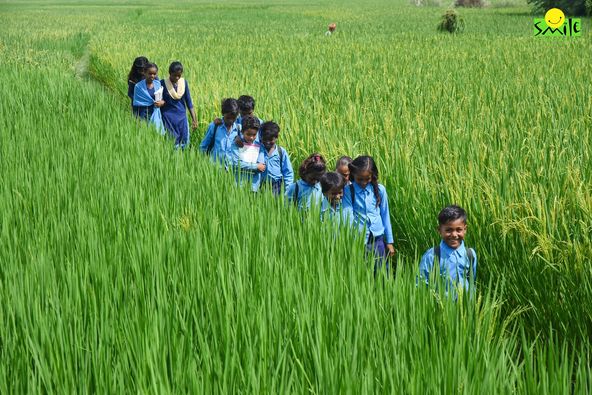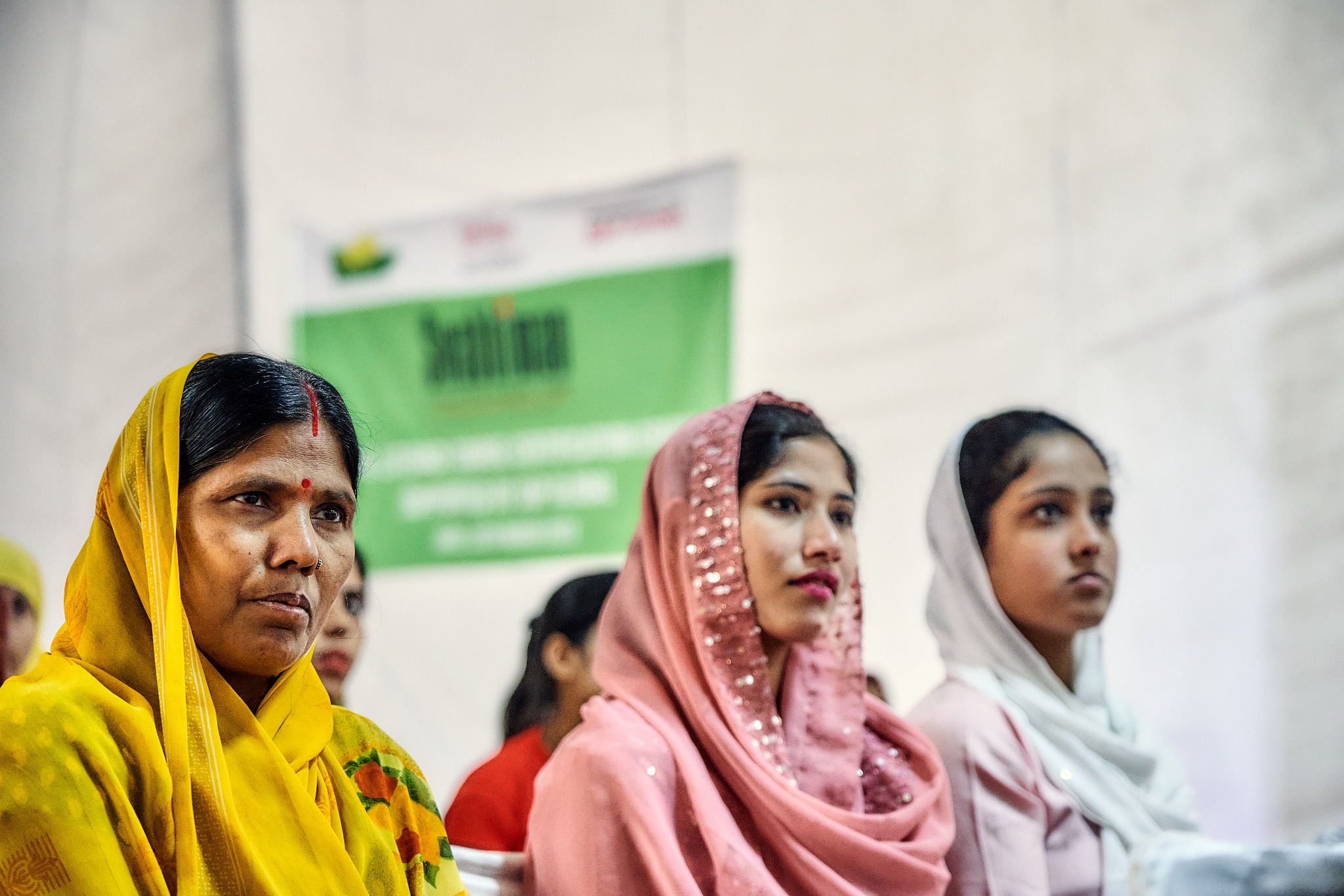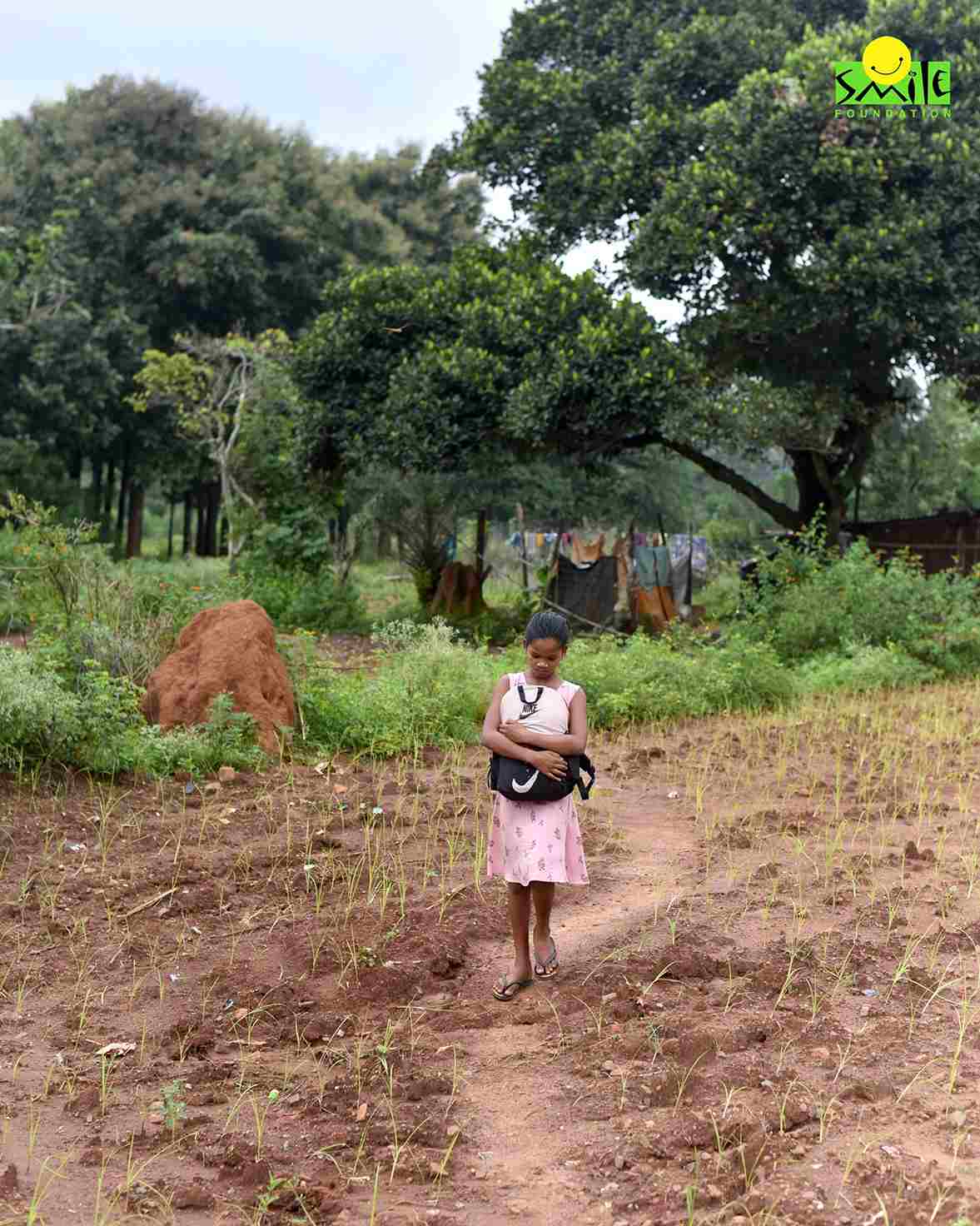What is resilience ?
Dictionaries define it as the positive capacity of a system to adapt and return to a state of normalcy otherwise disturbed or caused due to an outage, natural or man-made crisis or failures. And today, our global climate problems, surmounting for years, fall under the category of a man-made disaster that needs to improve its resilience.
Climate Change in India
The United Nations (UN) refers to climate change as long-term shifts in temperatures and weather patterns. These shifts have been existing and some are in accordance with how the earth and its elements are shifting. But certain human and industrial activities have become the main driver of climate change, mainly due to the burning of fossil fuels (like coal, oil, and gas), which produces heat-trapping gasses. Climate change in India has the glum potential of backtracking India’s progress and place in the world.
Proven Theory related to Climate Change
This establishes and confirms that climate change presents risks to nature, people and infrastructure around the world. And these risks will only increase with every small increase in warming. Reducing them is going to get more complicated as it will be underlined by other global trends such as over-consumption, population growth, rapid urbanization, land degradation, biodiversity loss, poverty and inequity, etc. In short– the world is facing a long list of complex and interacting challenges that need to be dealt with simultaneously.
In countries around the world, climate change has become a reality and is already threatening the lives and livelihoods of people. These risks cannot be reduced to zero, which means governments need to start taking decisive action to help firms and people manage them. Doing so requires planning ahead and putting in place proactive measures that not only reduce climate risk but also accelerate development, and cut poverty.
What can we do to arrest the bad effects of Climate Change?
Processes need to be created that can allow governments and communities to develop strategies and programs to help the population prepare for the health effects of climate change in India. One of the most important resources for basic human livelihood is water. A key factor to build resilience to climate change is to ensure access to clean water, for the most primary of human needs such as drinking, sanitation and hygiene. Universal access to water for personal and domestic use is not just a fundamental human right. It is also a necessity for human health, education, socio-economic development, and quality of life.
Water is the primary medium through which climate change influences the Earth’s ecosystem and thus the livelihood and well-being of societies. Climate change directly impacts water resources and water services for all economic, social and environmental functions that water supports. Therefore, the impacts reach into many sectoral interests such as health, tourism, agriculture and industry
Relevance of WASH
The importance of Water, Sanitation and Hygiene (WASH) services comes into focus, especially in times of scarcity of water, as it impacts supplies for basic needs, health, food and livelihood security. People with poor quality water, sanitation and hygiene services are already some of the most unprotected groups in society. Grappling with climate change only compounds their helplessness by further compromising these already poor services.
The combined benefits of increased water storage and improved water supply, sanitation and hygiene facilities reduce the overall risks of infections and diseases normally experienced by poor and marginalized communities. This means that they are more resilient and better able to cope with the impacts of climate change, providing a strong buffer in times of water scarcity.
Whilst it’s proven that WASH works for communities to be more adaptive and resilient to climate change, there is still a question over how really resilient WASH interventions are to the communities it supports. No doubt, WASH services are designed to accommodate multiple water needs to not only strengthen water security but enhance the basic food supply chain as well, particularly in areas where other water sources dry up. Increased food and livelihood security provide greater overall resilience to climatic change.
WASH and its role in Natural Disasters
When it comes to natural disasters such as hurricanes, earthquakes and droughts, many WASH processes are already resilient to these climatic conditions, and the implementation can be done successfully so that water is made available as required. Amendments to these WASH methodologies should only be done if it means more access to amenities that are the need of the hour. Unnecessary changes can give rise to excessive flooding and more water scarcity. In disaster prone areas, homes, schools, health centers and WASH infrastructure are at risk of damage during extreme weather events, such as hurricanes/cyclones.
These disasters force us to make our infrastructure stronger and more inaccessible to damage. However, damage may be inevitable, hence governments need to be prepared to replace infrastructure and renew services when they are damaged or destroyed. This requires attention to planning, financing, service support and disaster risk reduction measures in place within permanent government institutions.
In Conclusion
It is unquestionable and undisputed that climate change and access to water, sanitation and hygiene, are inextricably linked. We can’t address one, without dealing with the other. In short, one cannot build community resilience to climate change without ensuring resilient access to water, beginning with the most basic needs of drinking, sanitation and hygiene. It is important to accept that that water, sanitation and hygiene infrastructure can help lay a solid foundation which helps build resilience to mitigate health emergencies and climate change.
This is a vicious cycle. Communities have insufficient access to water, sanitation and hygiene, followed by extreme weather events that further aggravate these conditions. This in turn makes service infrastructure more expensive and more complex. Difficulties in accessing these increase, taking communities back to the starting point of insufficiency.
We collectively need to break this cycle.









